While I am doing my best to keep my day job and this passion project separated, there is, as is the case for most college faculty, I think, a consistent fluidity between professional and personal pursuits, as is certainly the case for me with B Buckets.
This post celebrates the end of the “Growing with Dana” series. I co-organized these workshops and lectures on native habits and habitats, with Peter Helfrich, chairperson of our Bee City USA affiliate, Beecatur (and part of the B Buckets team). The series was a public program of the Building on Dana project (2024-25), whose culmination is the exhibition Building on Dana / Patterns in Space, Dalton Gallery, Agnes Scott College, on view through May 19.
This project/exhibition has been a once-in-a-career opportunity, not just because I have, as architectural historian, been able to study the building in which I have worked for more than two decades AND I have worked with a colleague (Nell Ruby) who helps me dream large and risk big (B Buckets, of which Nell is also design/advocate, for example) AND we have been successful in our goal to establish the Dana Fine Arts Building in architect John Portman’s early career AND we have realized it with our students in the most ambitious professional-success initiative (for them) I will ever materialize BUT, most of all, because the people who have joined as collaborators — within and beyond our campus — are incredible.
AND we have started the third organic demonstration garden at Agnes Scott, in the greenspaces of the Dana Fine Arts Building, removing more than 60 invasive shrubs in August and beginning to re-establish native, pollinator-friendly plants in April.
The final program was a discussion of Integrated Pest Management. I am being clear and transparent about my (personal) goal and efforts to help encourage and support the City of Decatur, the City Schools of Decatur, and Agnes Scott College to create and implement ecologically-safe, pollinator-supportive, proactive plans (which do not, if you are unfamiliar with IPMs, prohibit chemical controls, but they put non-toxic solutions in place first, with definitions, thresholds, PLANS). I don’t think any of us is against the idea of IPMs, which Bee City USA- and Bee Campus USA-accredited communities are required to have. But IPMs take a lot of research and coordination, in advance and in process. They are dynamic documents that have to be considered and changed, to meet new challenges.
Our conversation tonight gave me hope that we are on the cusp of moving beyond imagining to creating: building on and growing with all of the efforts and steps already taken, together.
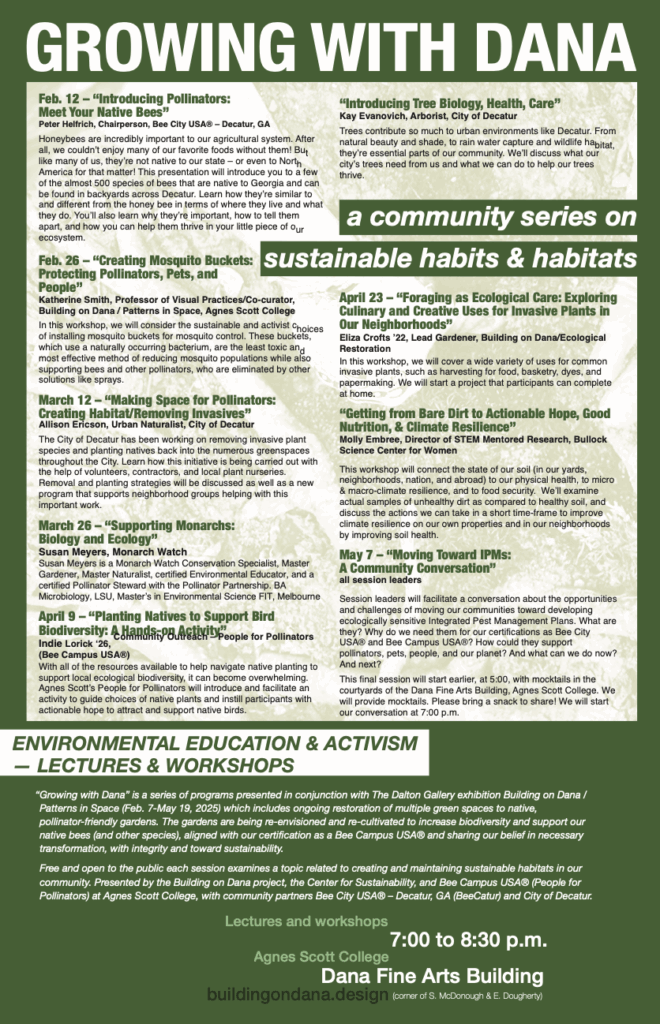
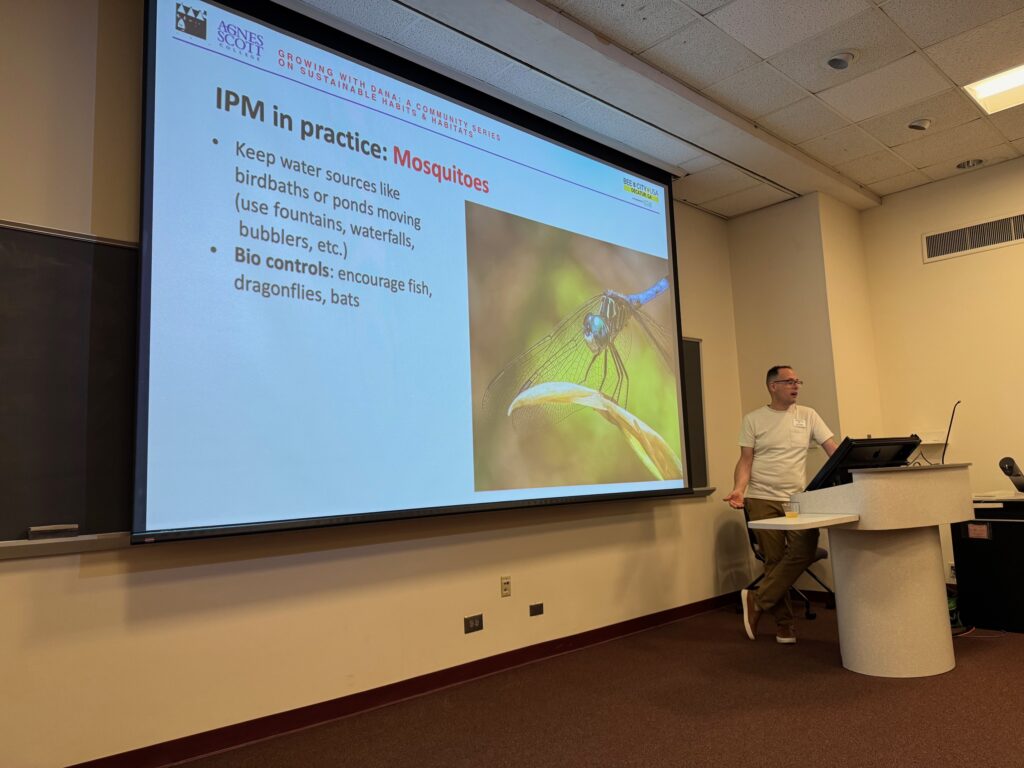
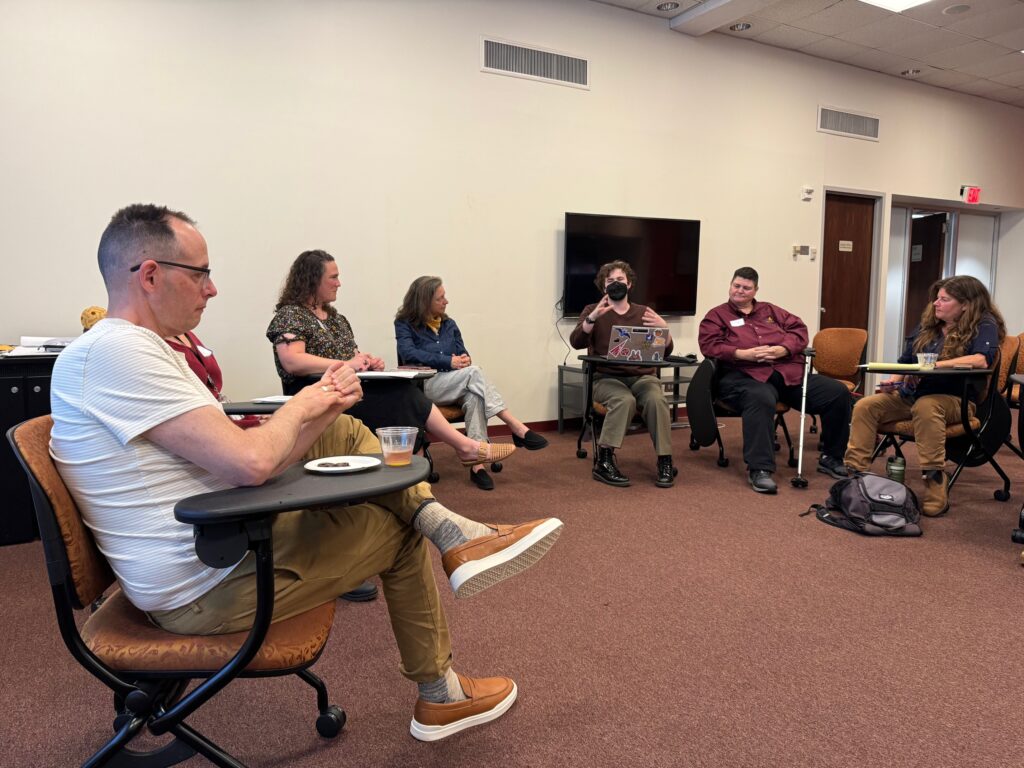
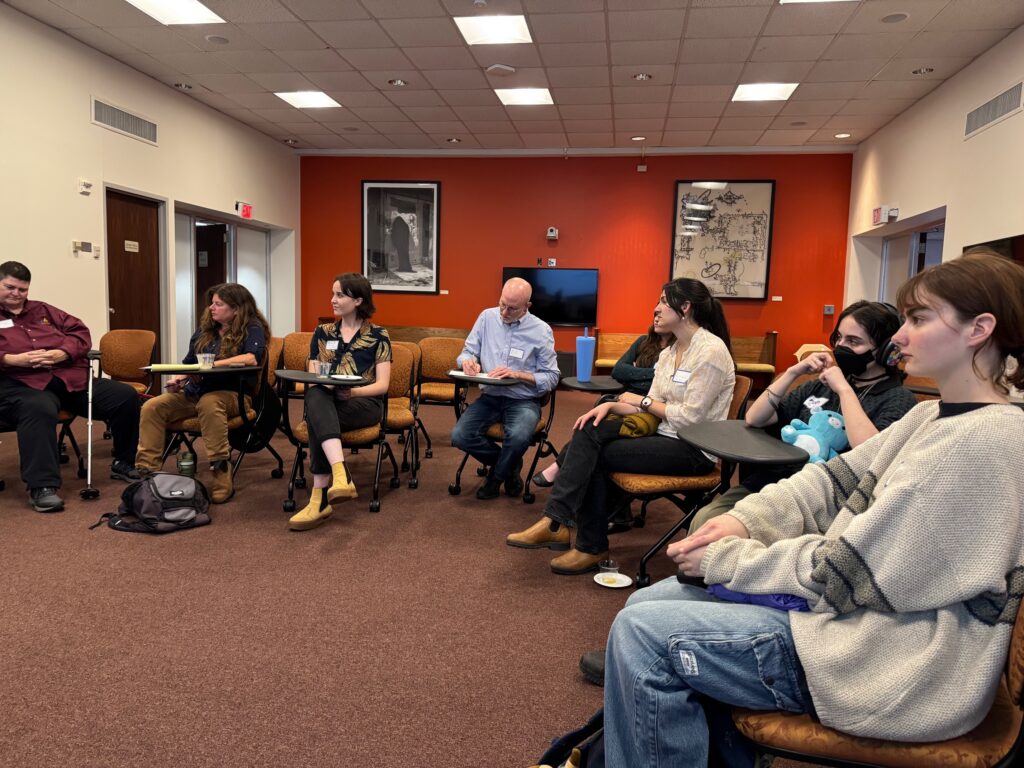
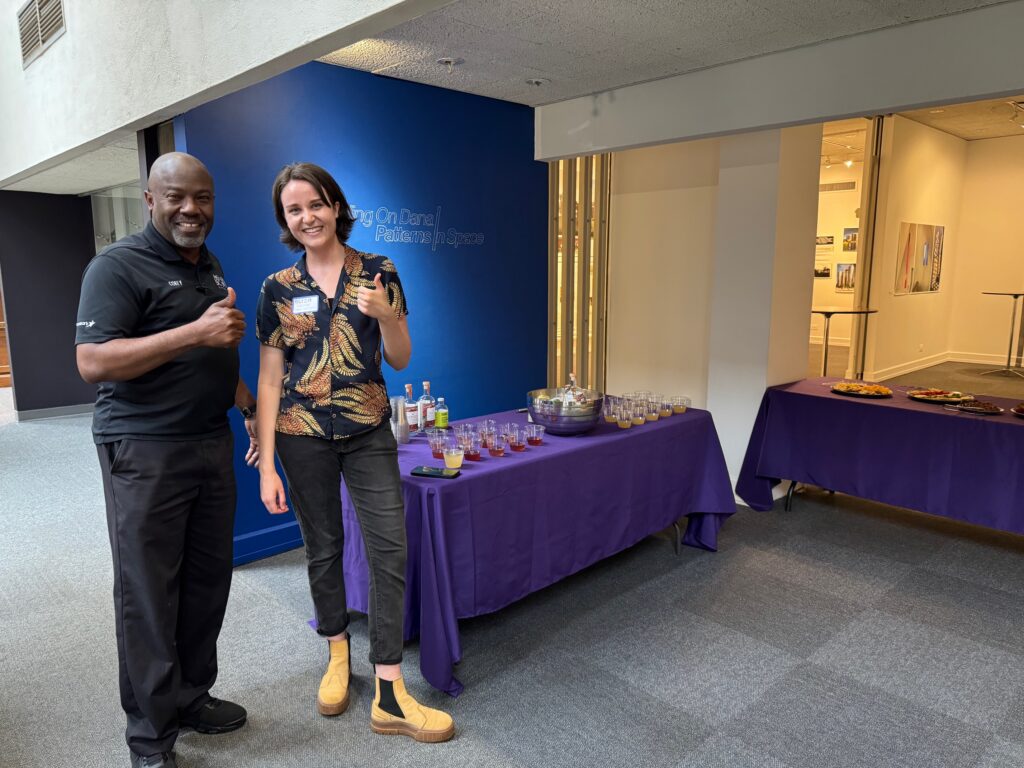
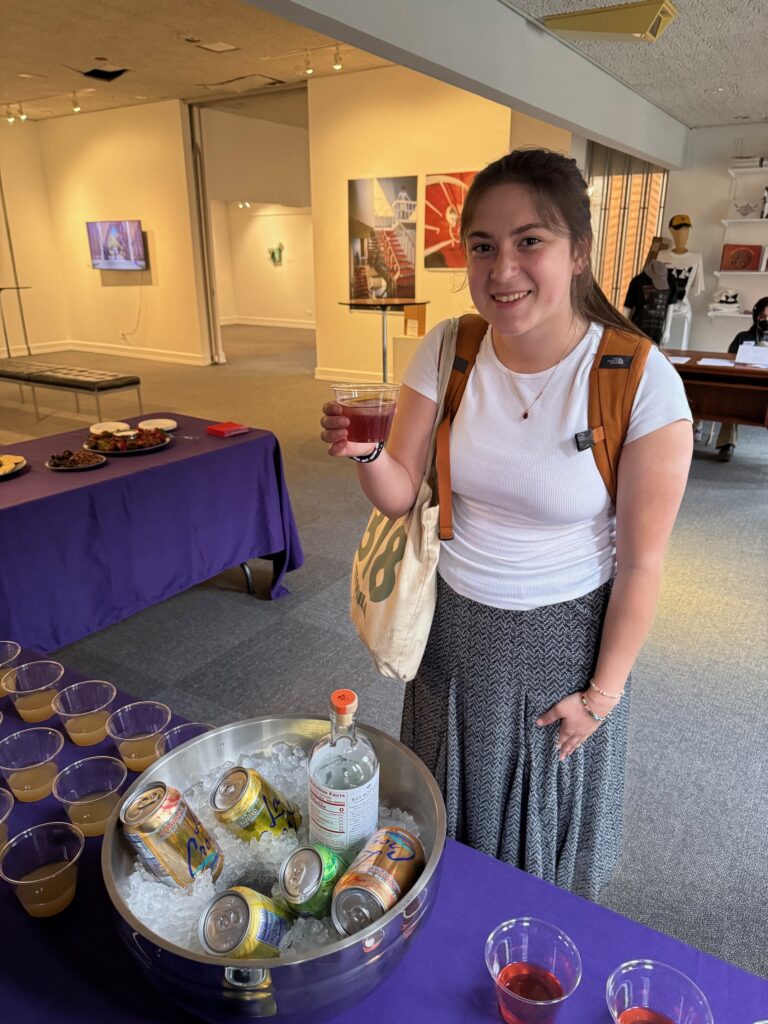
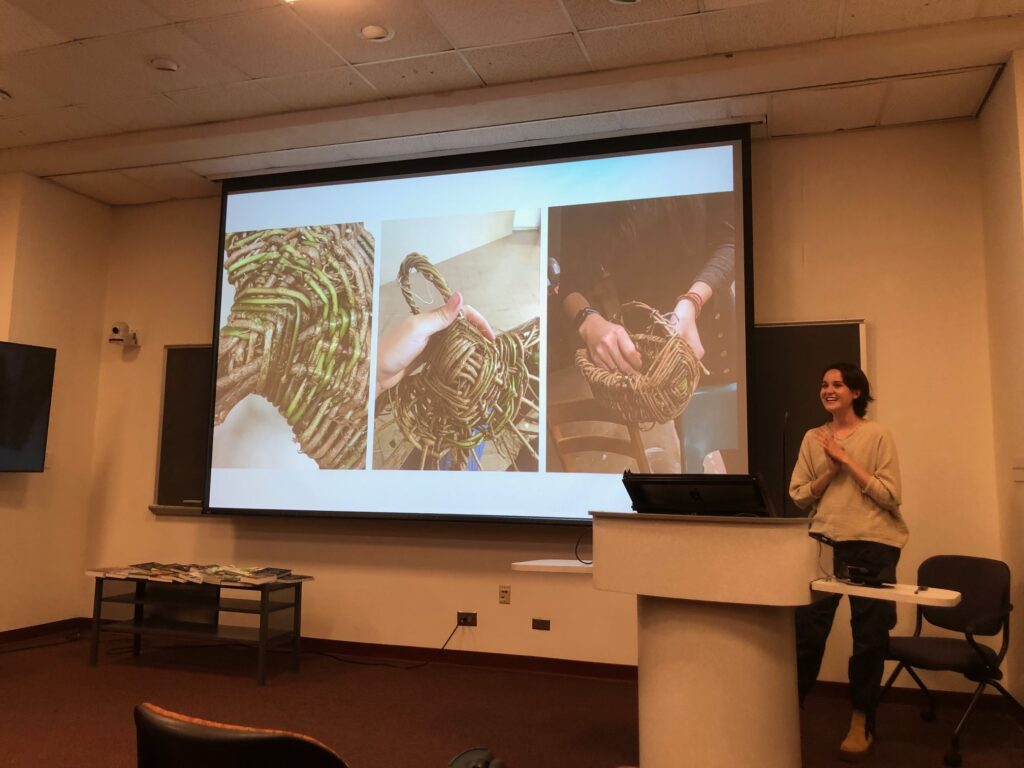
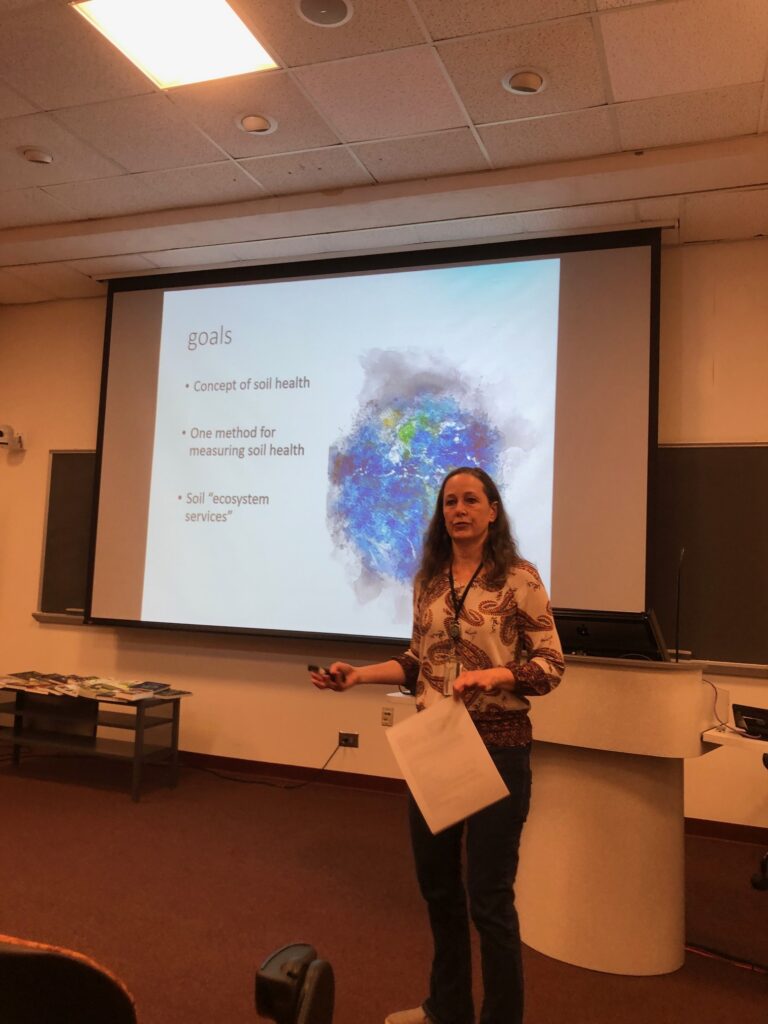
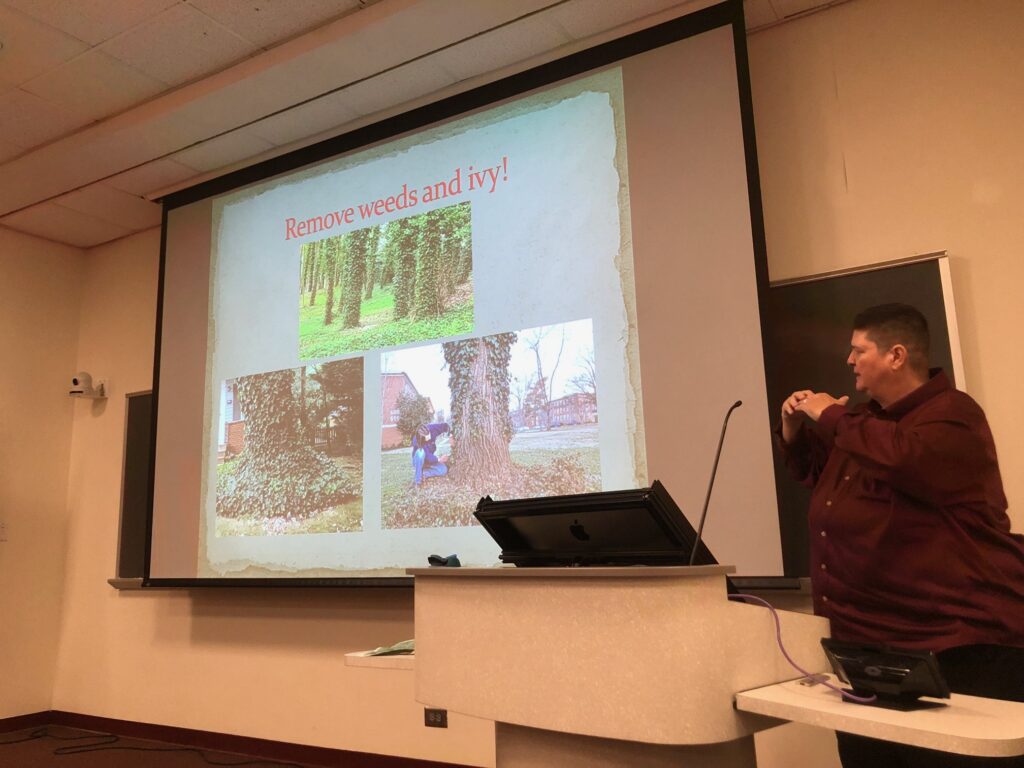
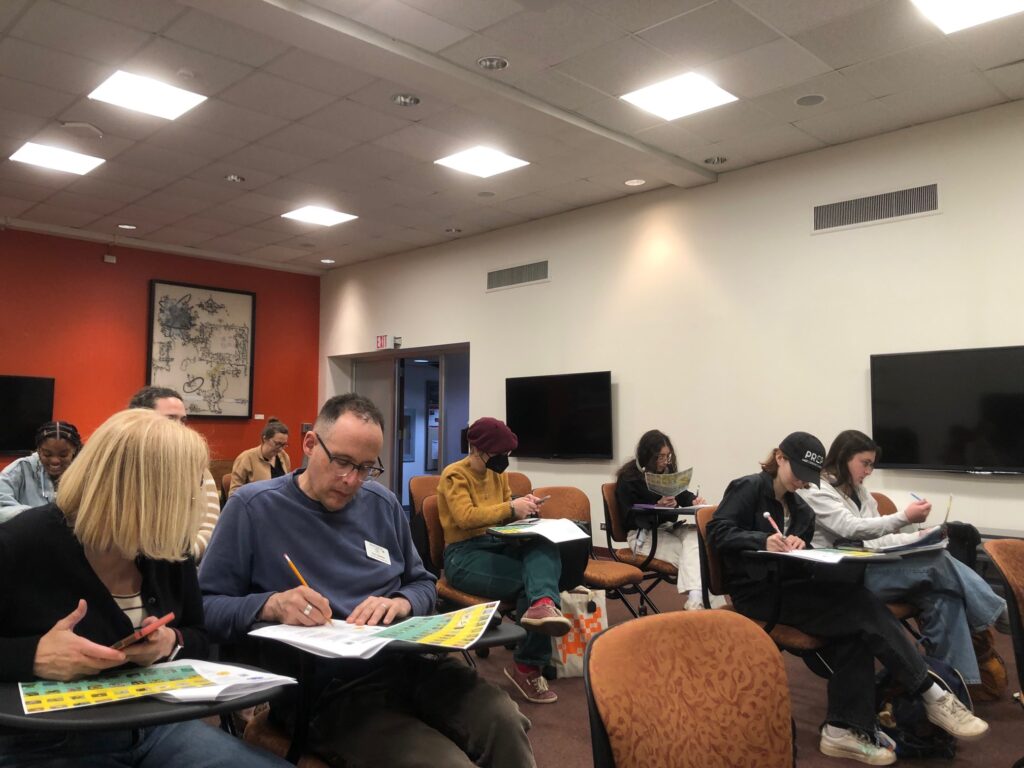
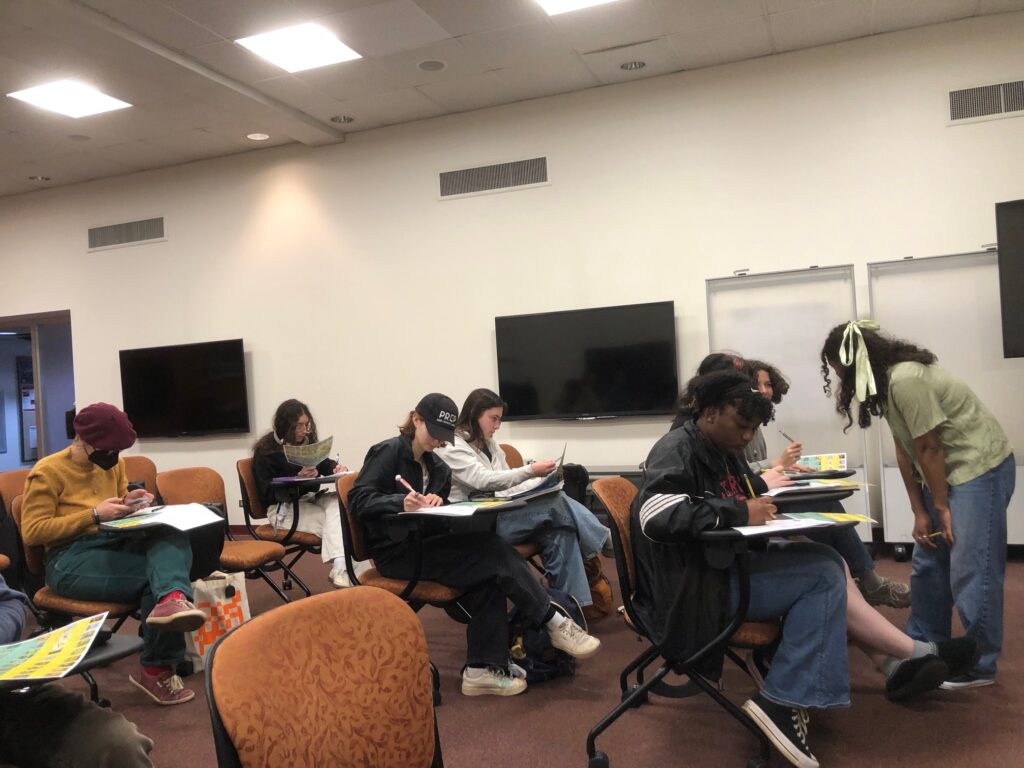
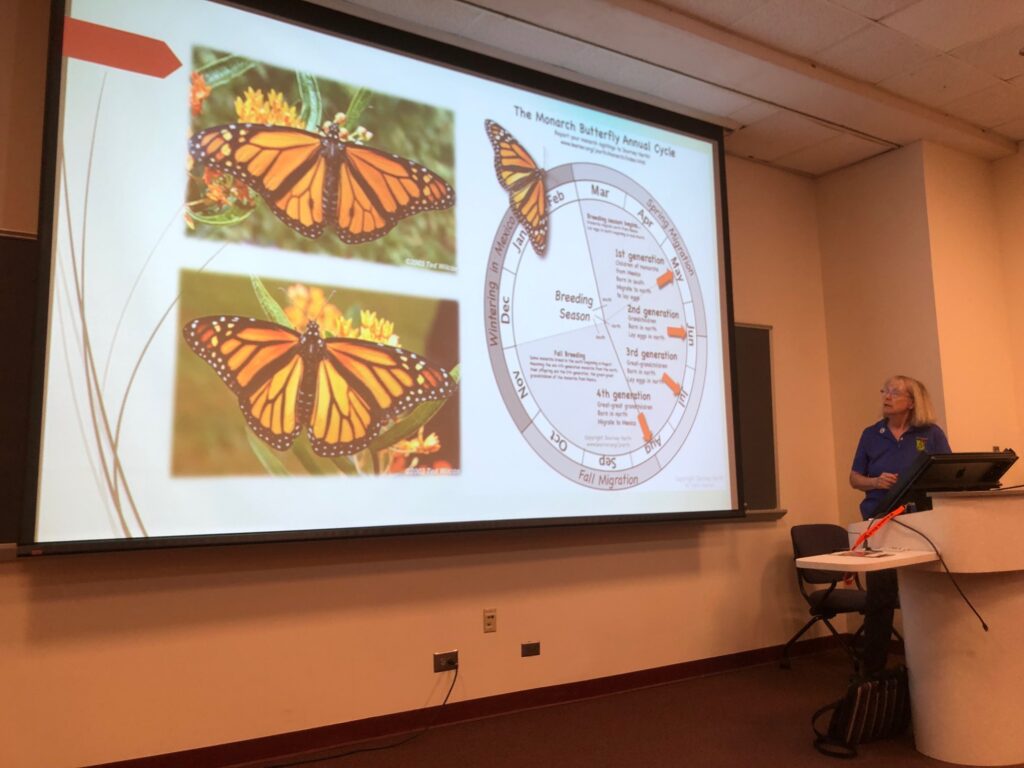
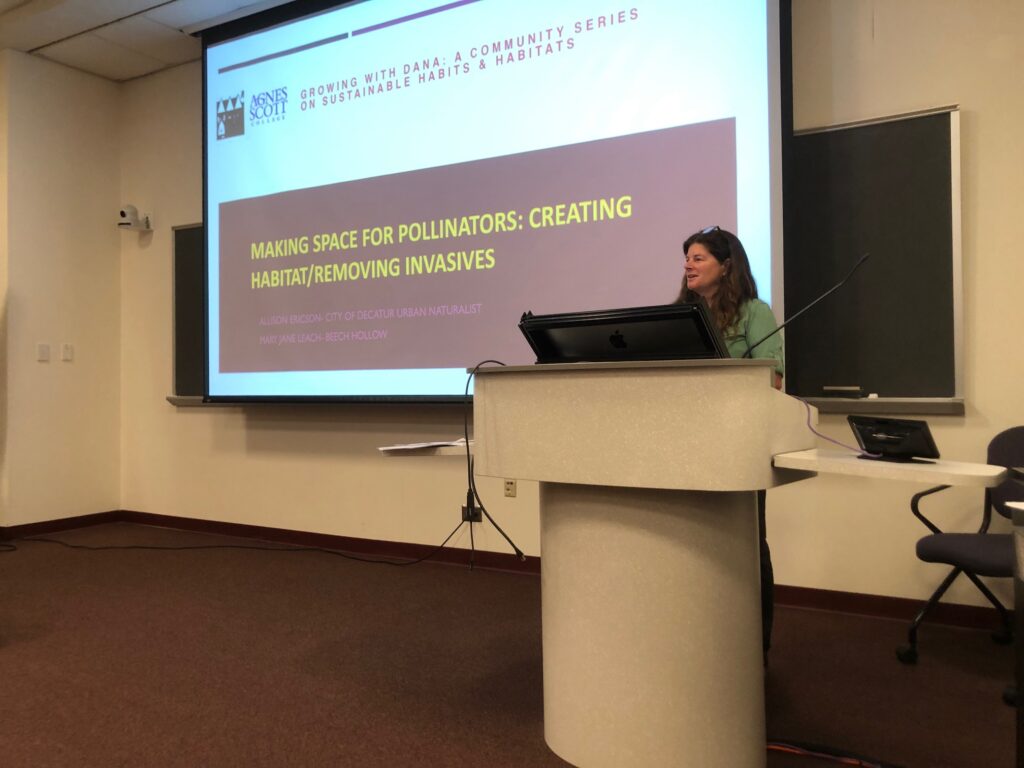
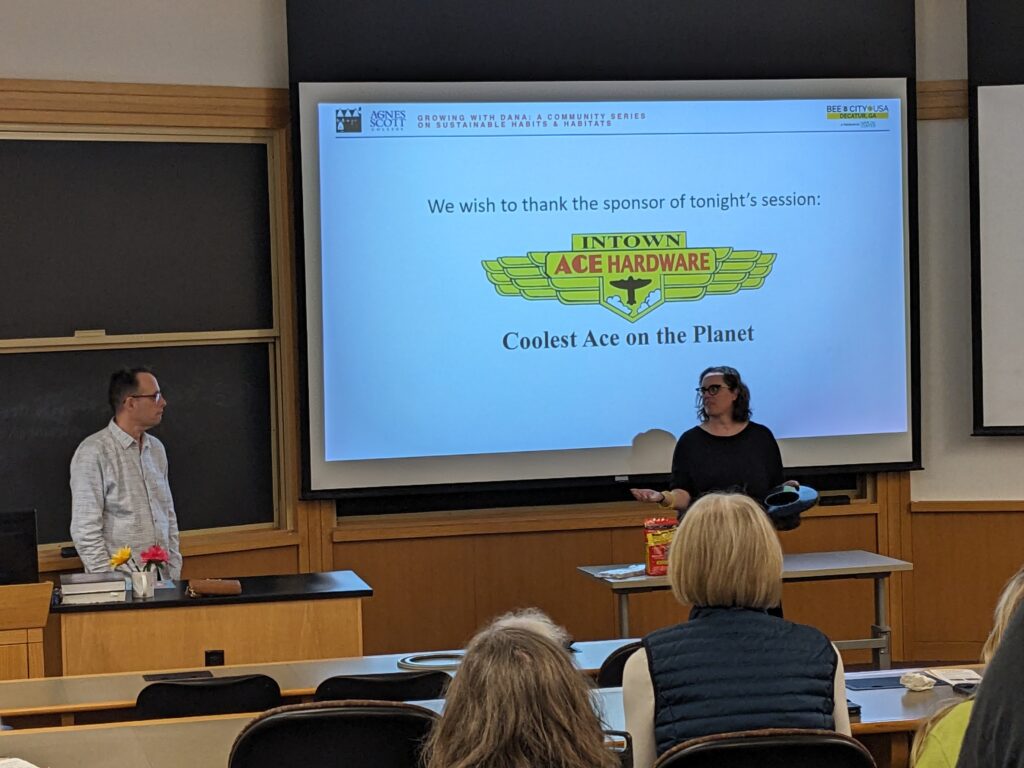
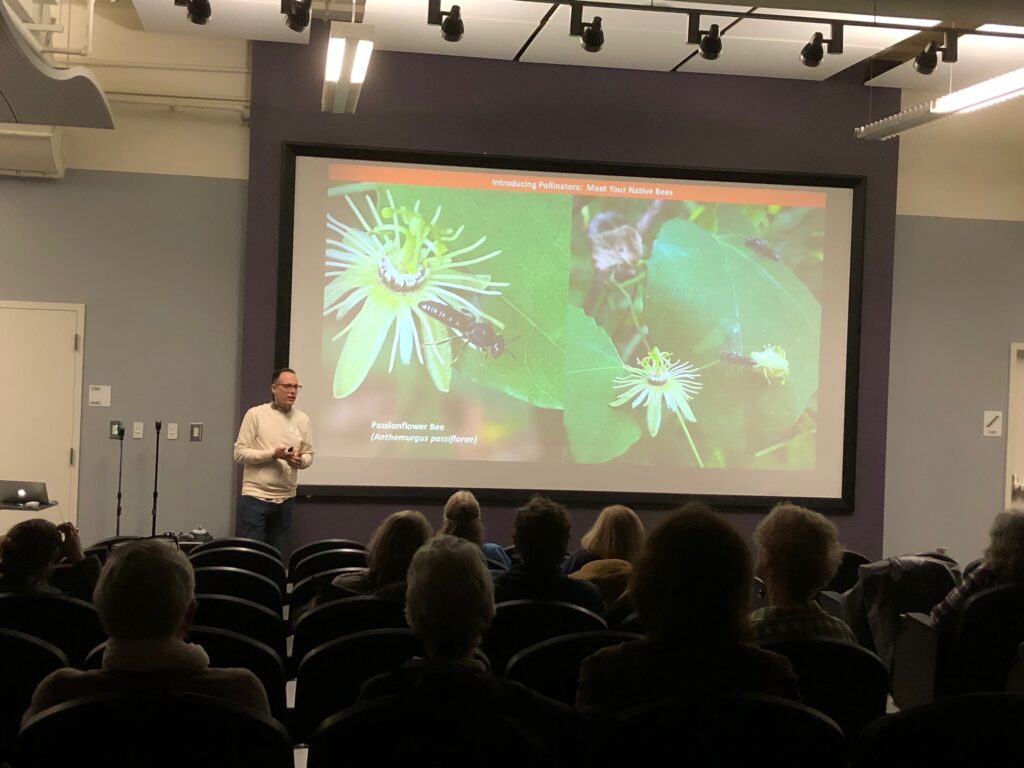

Leave a Reply